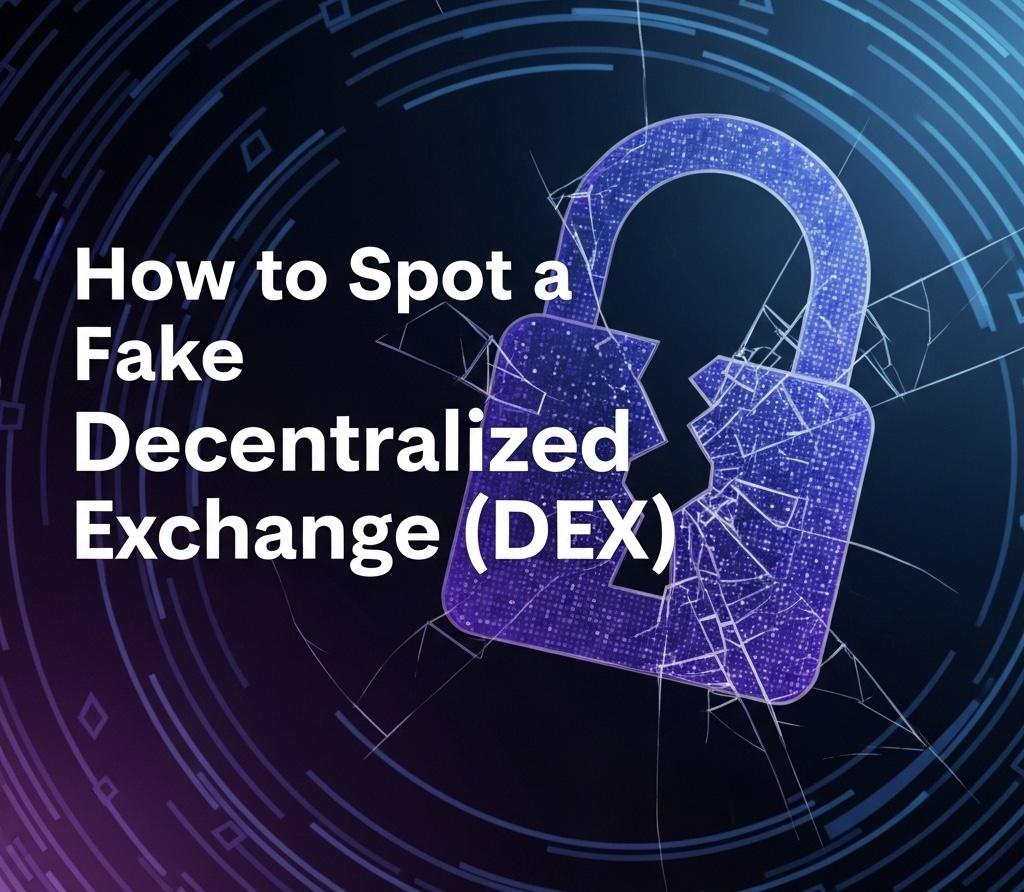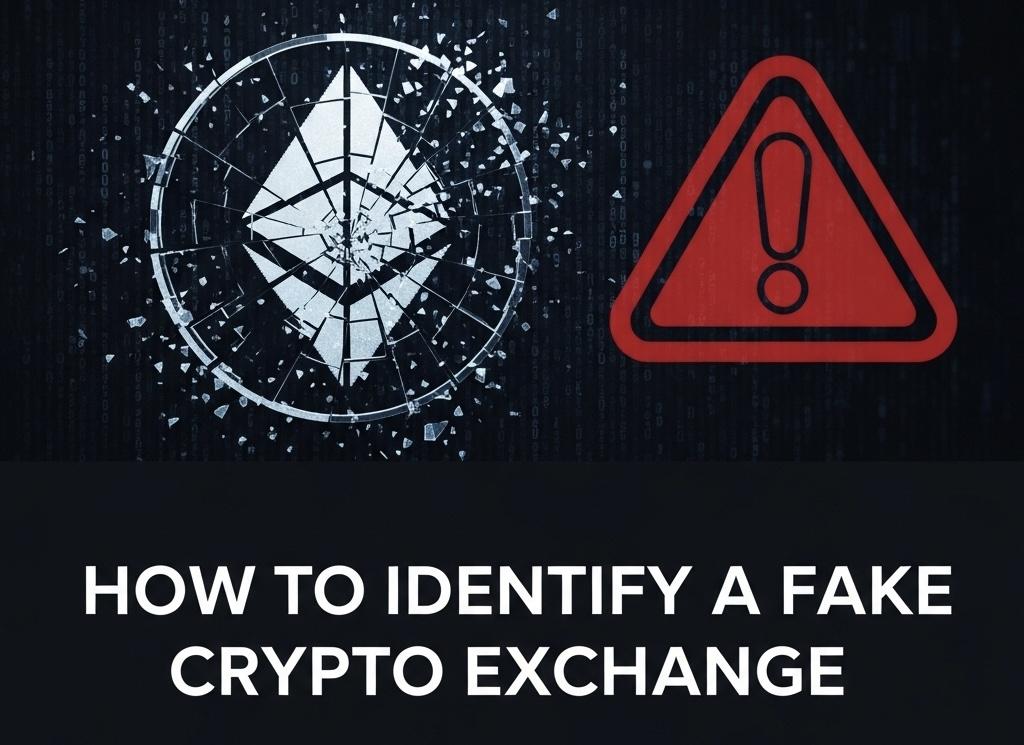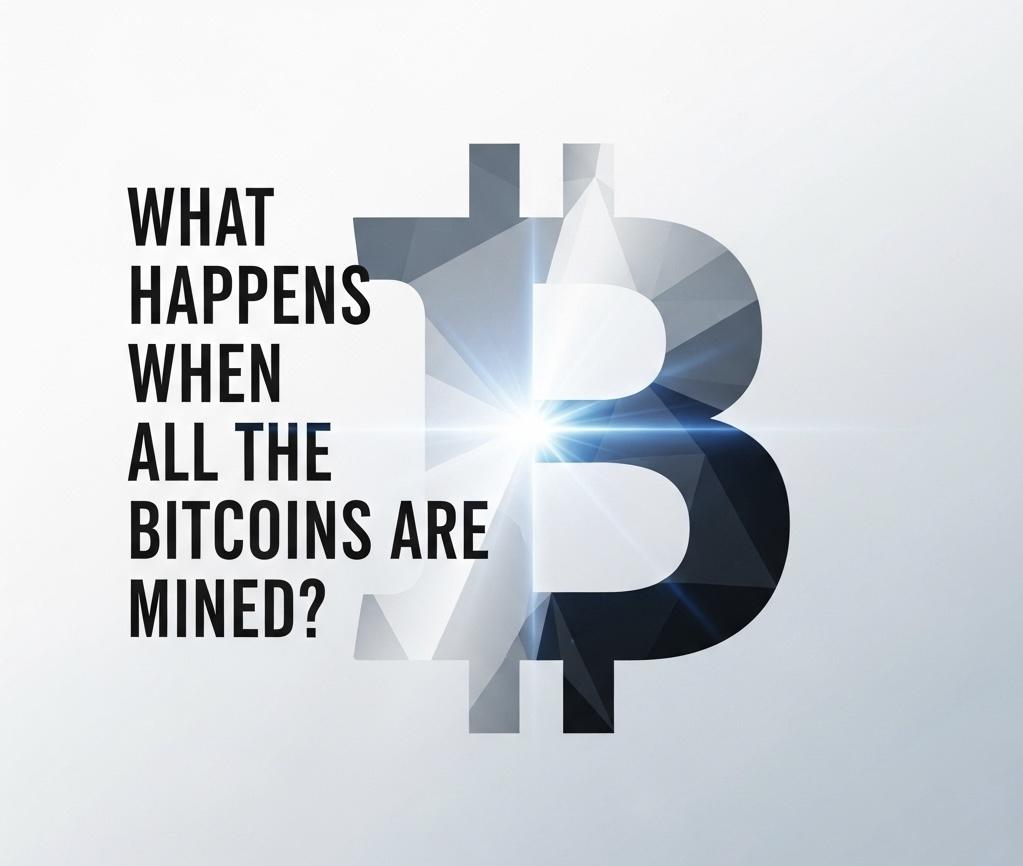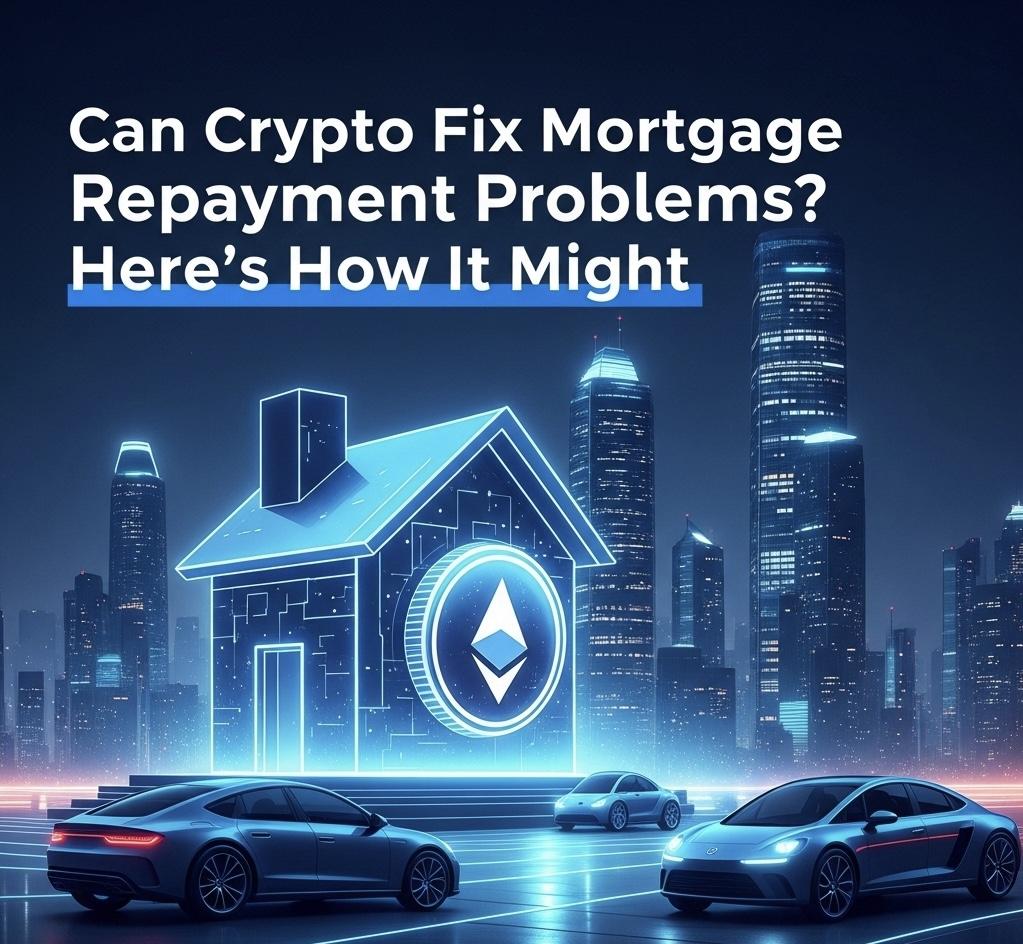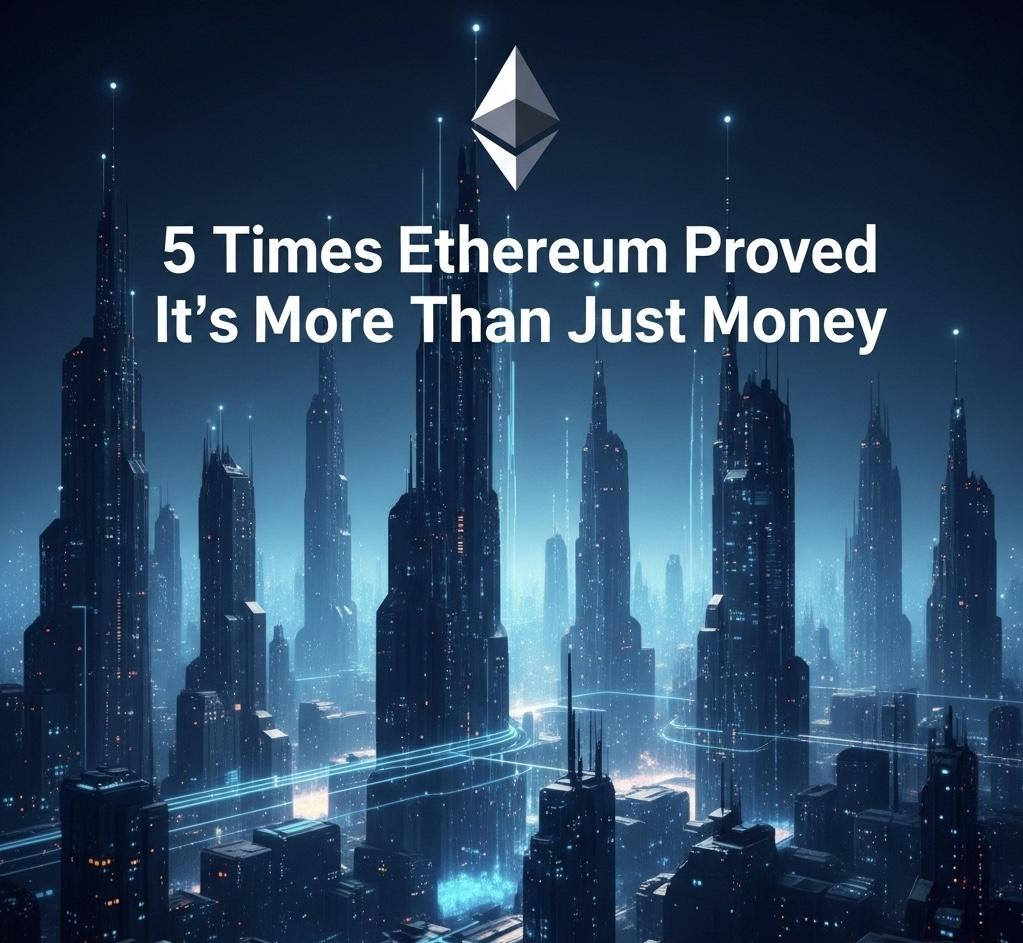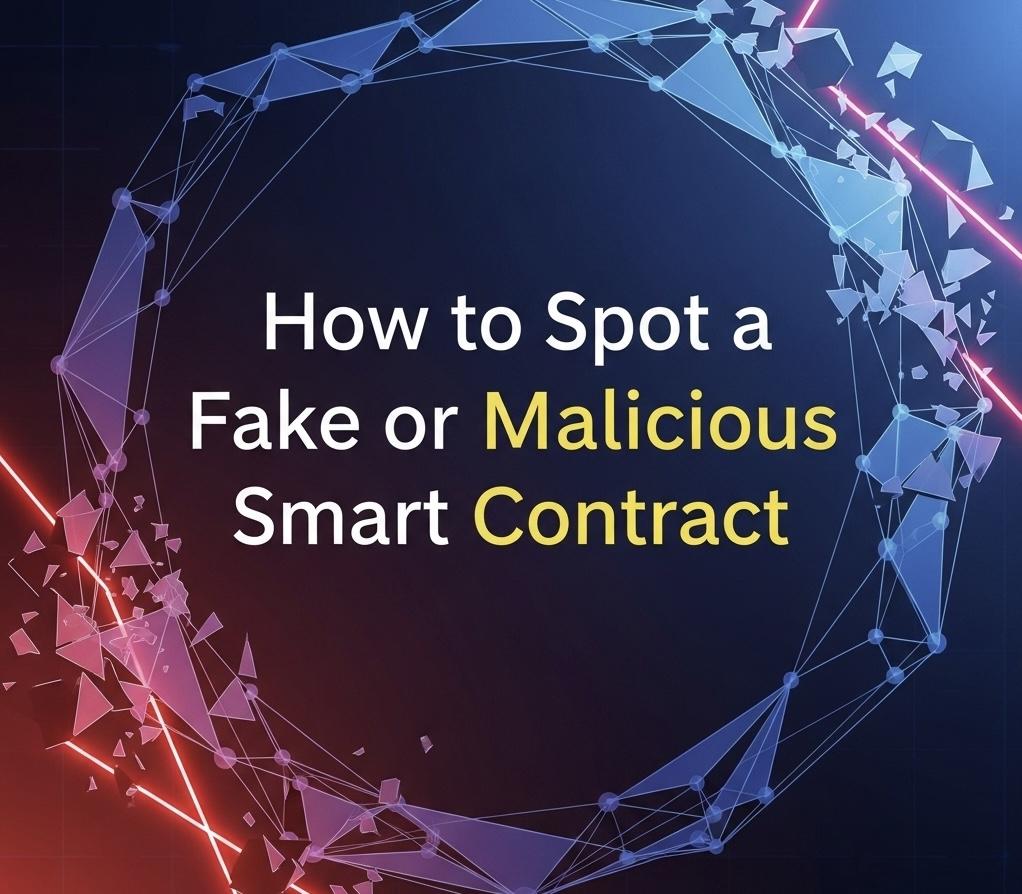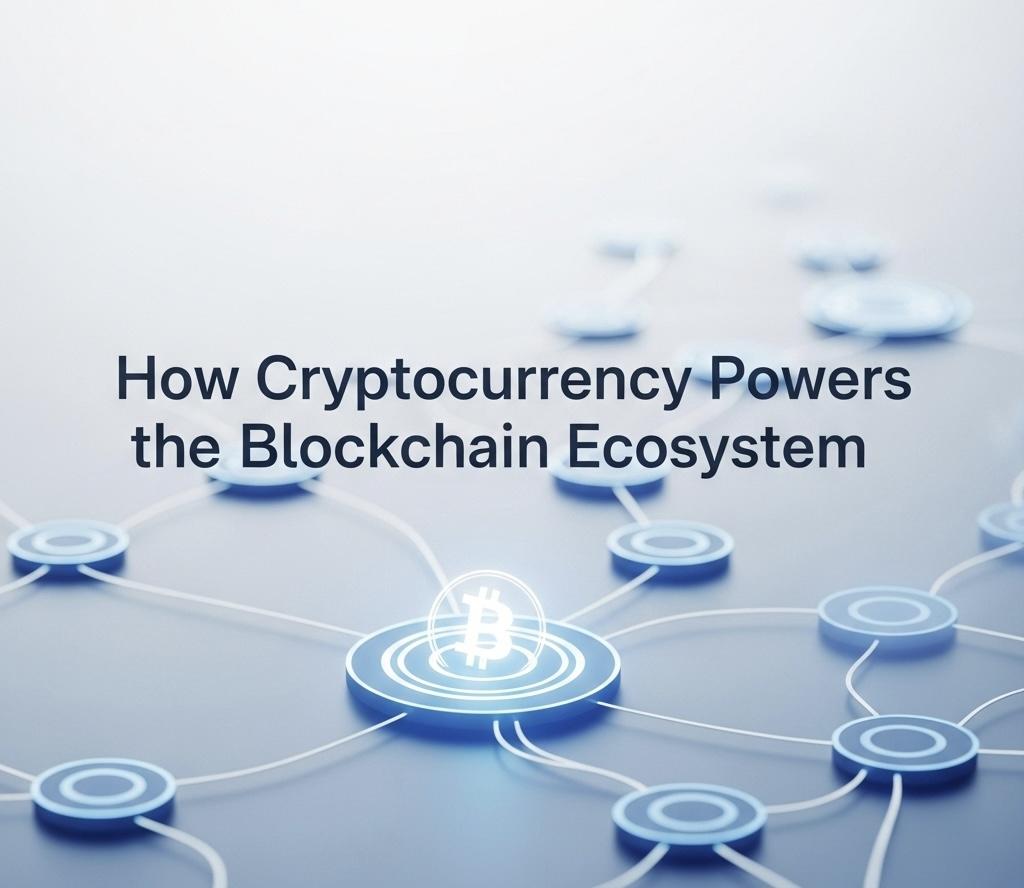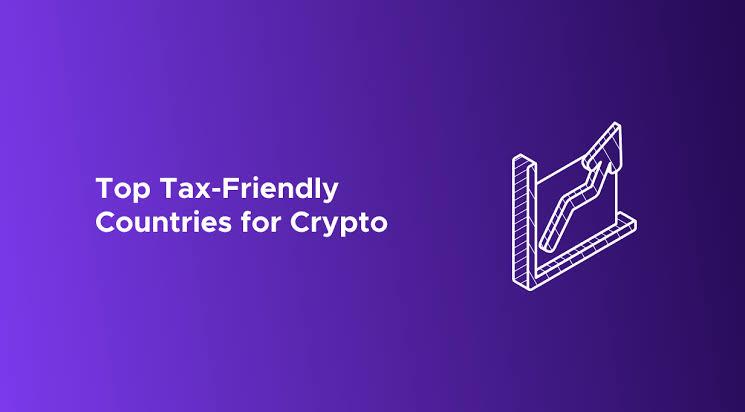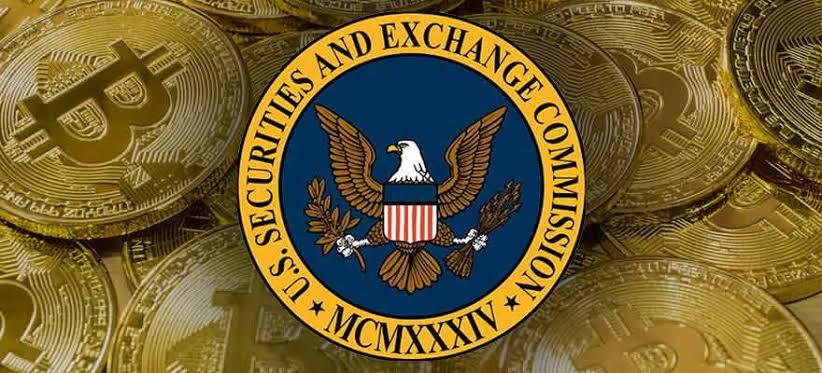If you're navigating the DeFi space, knowing how to identify a fake DEX is essential. Here's how to protect yourself.
1. Check the Domain Carefully
Scammers often create fake websites that look identical to popular DEXs like Uniswap, PancakeSwap, or SushiSwap. They might use subtle domain tricks like:
- misspellings (e.g., uniswapp.org)
- added characters (e.g., uniswap-exchange.com)
- unusual domain extensions (e.g., .xyz, .click, etc.)
Always double-check the URL, and when in doubt, find the official link from a trusted source like CoinGecko, CoinMarketCap, or the DEX’s verified social media.
2. Verify the Smart Contract
Real DEXs operate using transparent, public smart contracts. If you're asked to approve a token or perform a trade, check the contract address on a block explorer like Etherscan or BscScan.
Red flags include:
- Unknown or unaudited smart contracts
- Contracts created recently with no transaction history
- No verified source code or developer info
If you're not sure, avoid connecting your wallet.
3. Beware of Unusual Token Approval Requests
A fake DEX may try to get you to approve a token in a way that gives them control over your wallet funds. Watch for:
- Approval requests before selecting tokens
- Approvals that request unlimited spending
- Prompts to import unknown tokens
Always use tools like Revoke.cash to monitor and cancel token approvals you didn’t intend.
4. Poor or No Community Presence
Legit DEXs typically have active communities, GitHub repositories, and clear documentation. If the platform has:
- No whitepaper or developer info
- No social media activity
- A dead or fake-looking Telegram/Discord group
…it’s a red flag. Transparency is a big part of what makes real DeFi platforms trustworthy.
5. Unrealistic Promises or Pop-Up Prompts
Fake DEXs often lure users with promises like:
- "Guaranteed profits"
- "Airdrop rewards after connecting wallet"
- "Exclusive token offers for new users"
In addition, if the site is filled with aggressive pop-ups asking for wallet connection or deposits, it’s best to leave immediately.
Fake decentralized exchanges are designed to look convincing, but with a careful eye, you can spot the signs and protect yourself. In DeFi, you are your own bank, which means you're also responsible for your own security.
Always research, double-check, and when in doubt, walk away. Your wallet will thank you.
